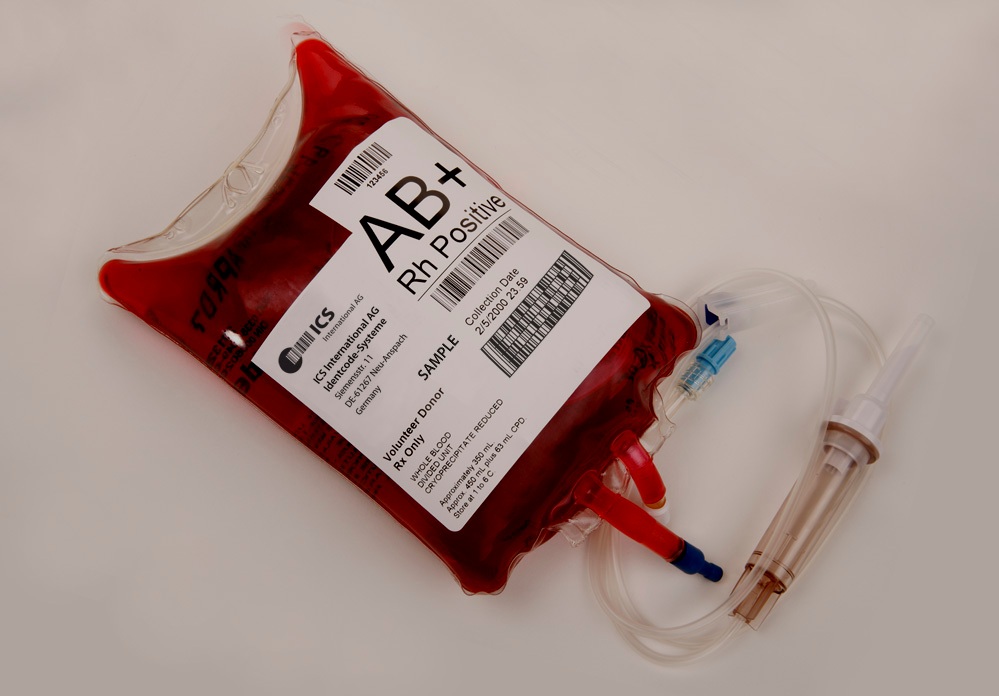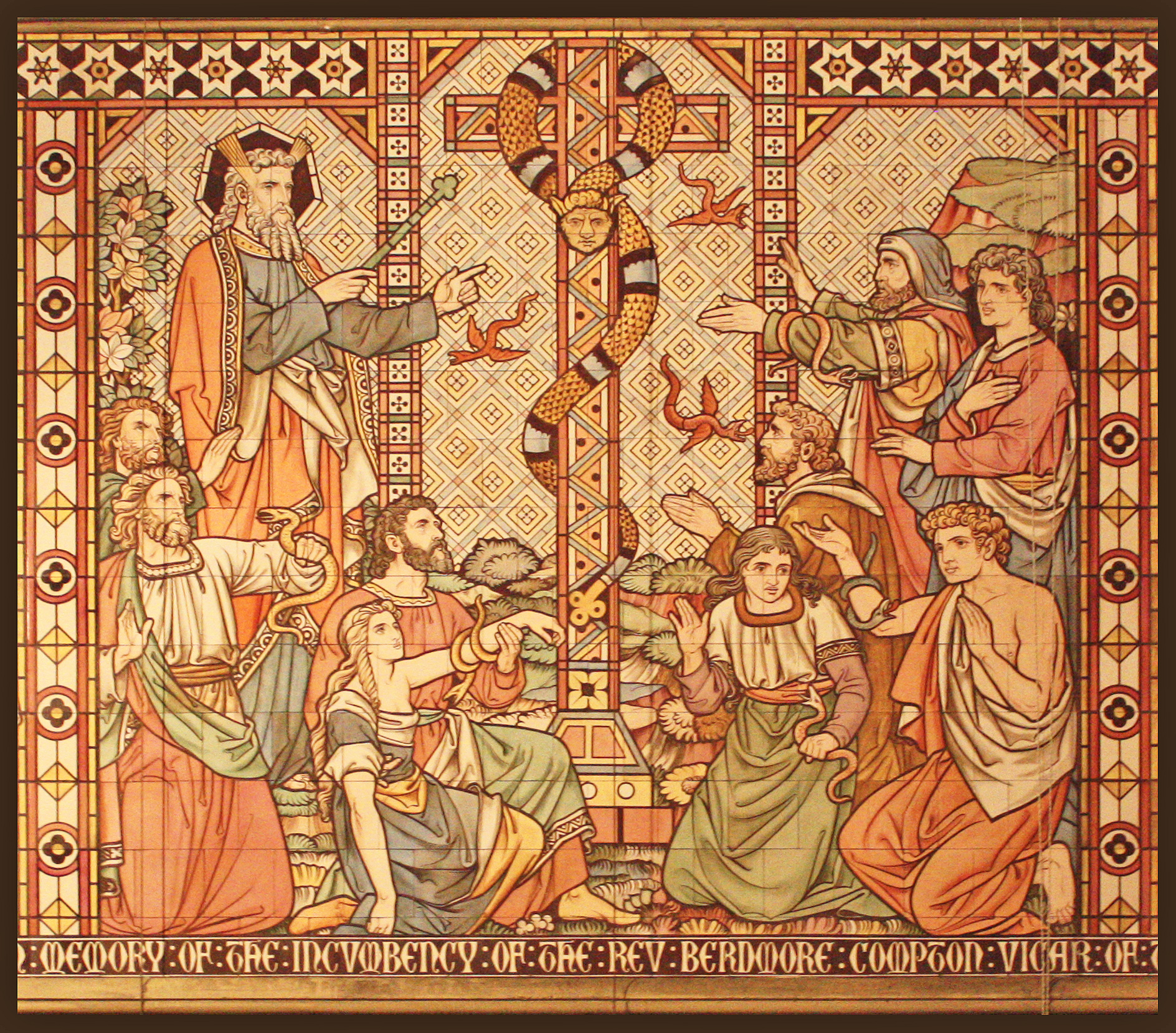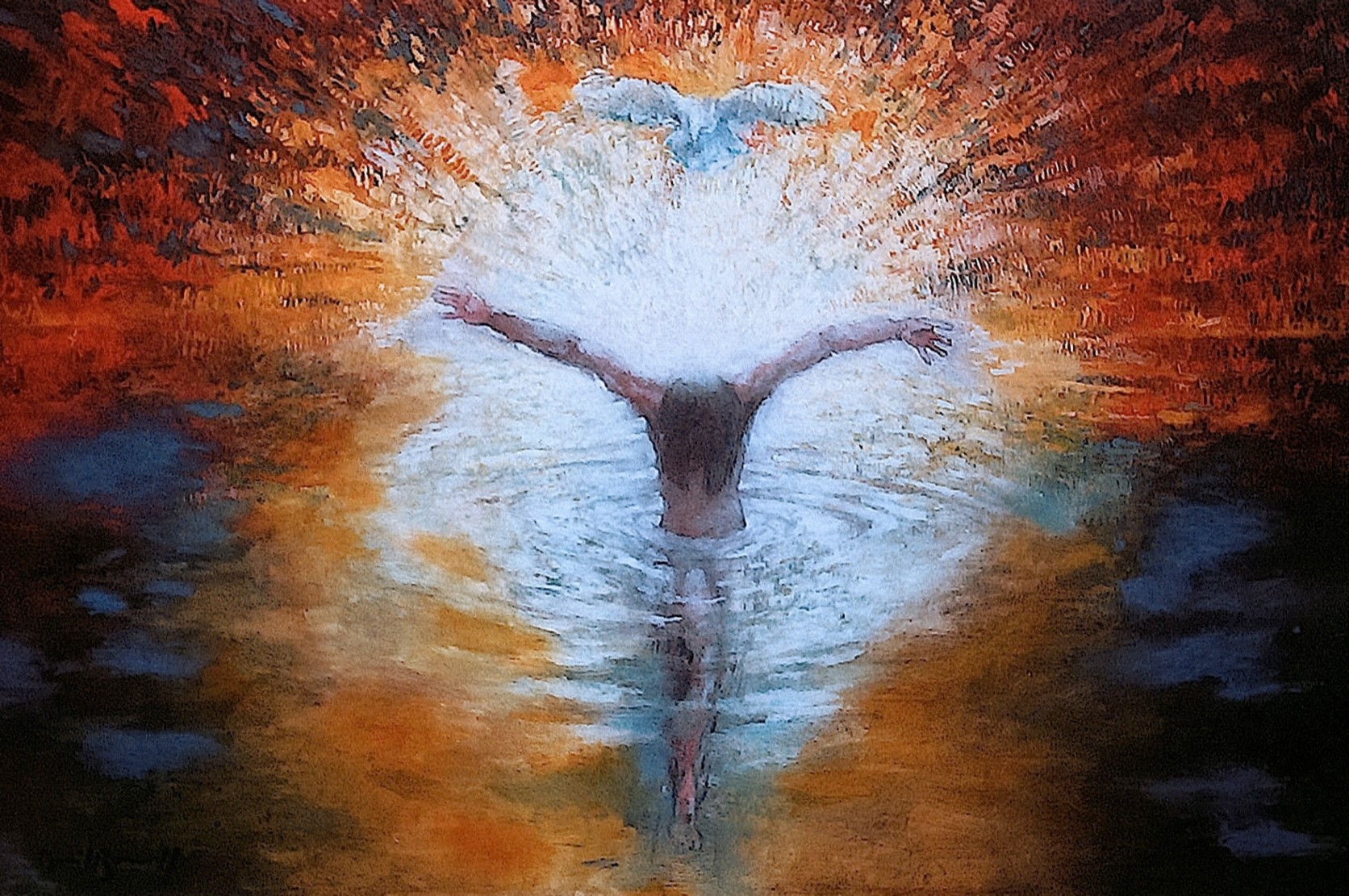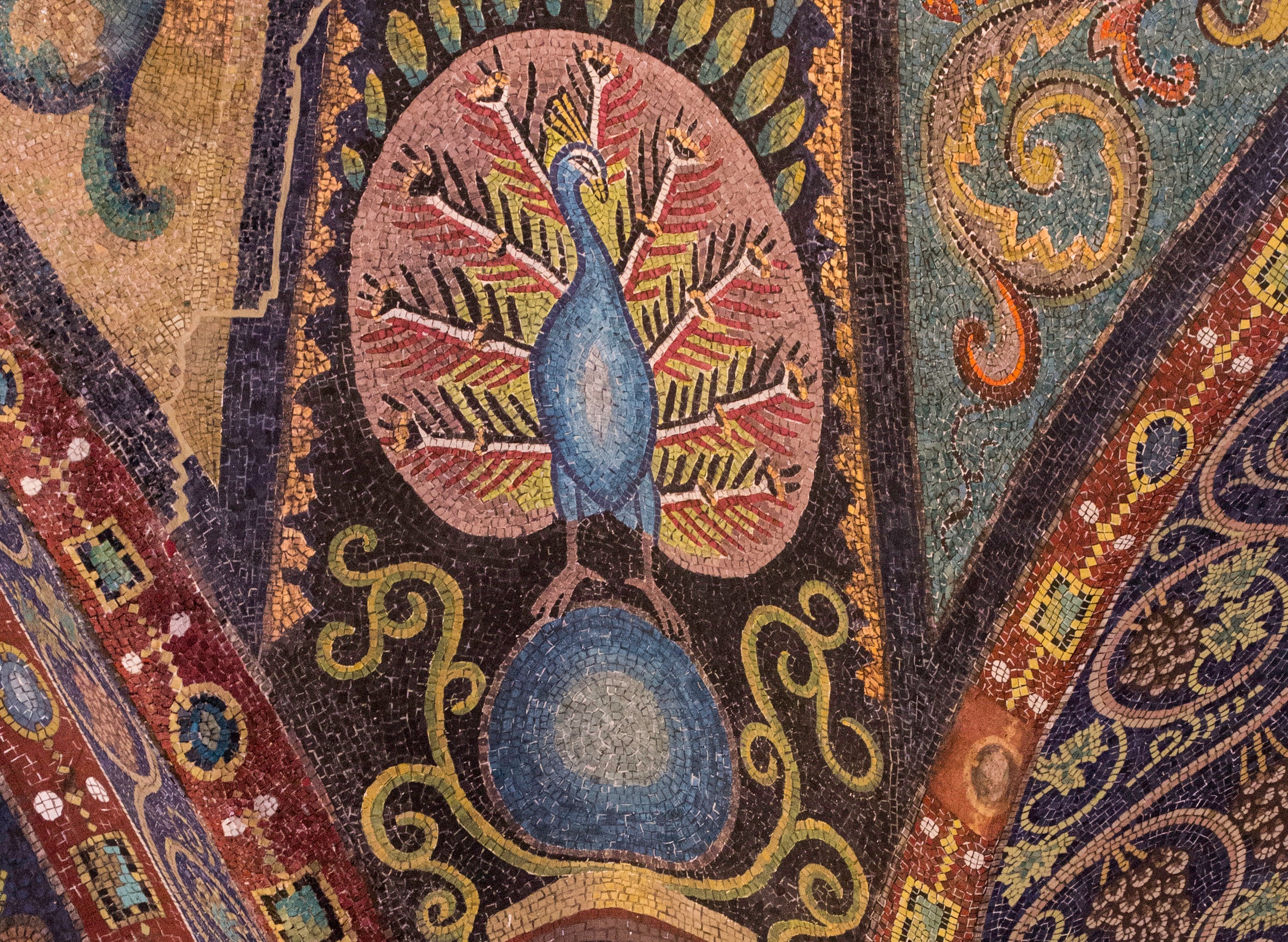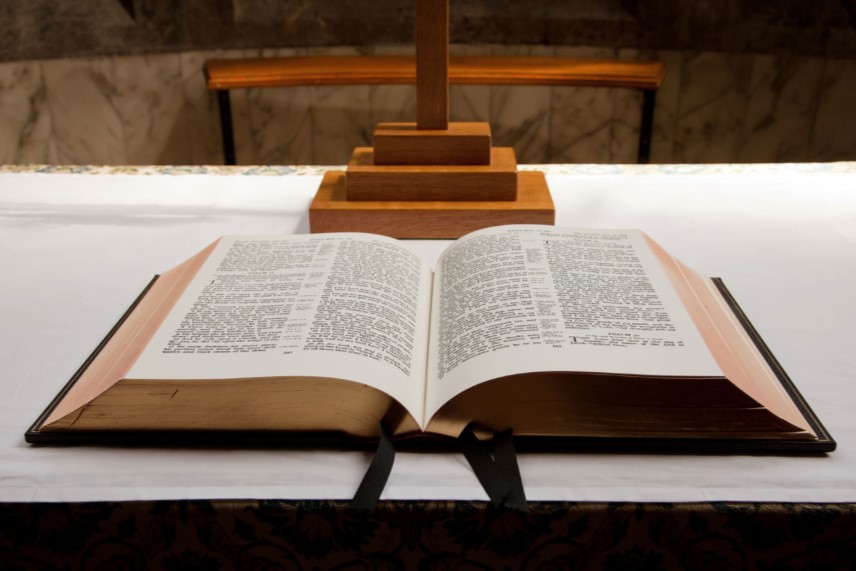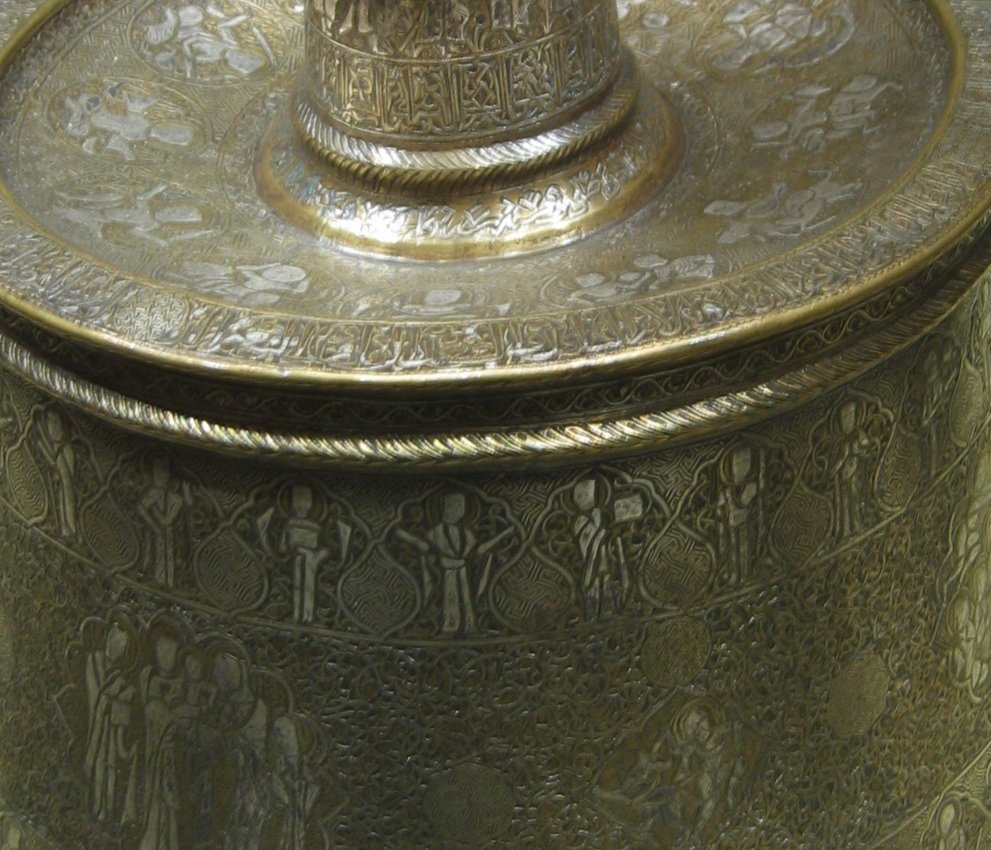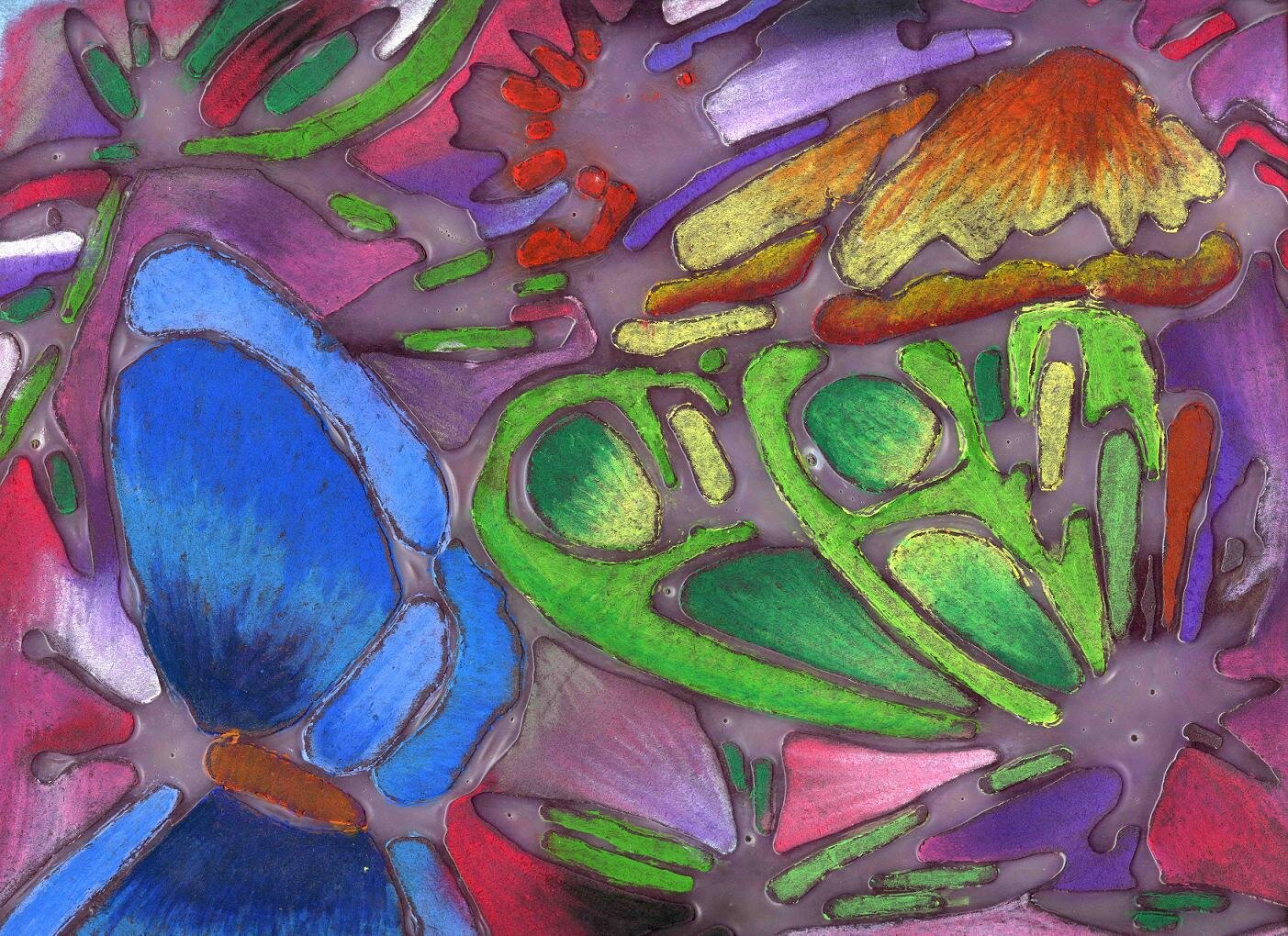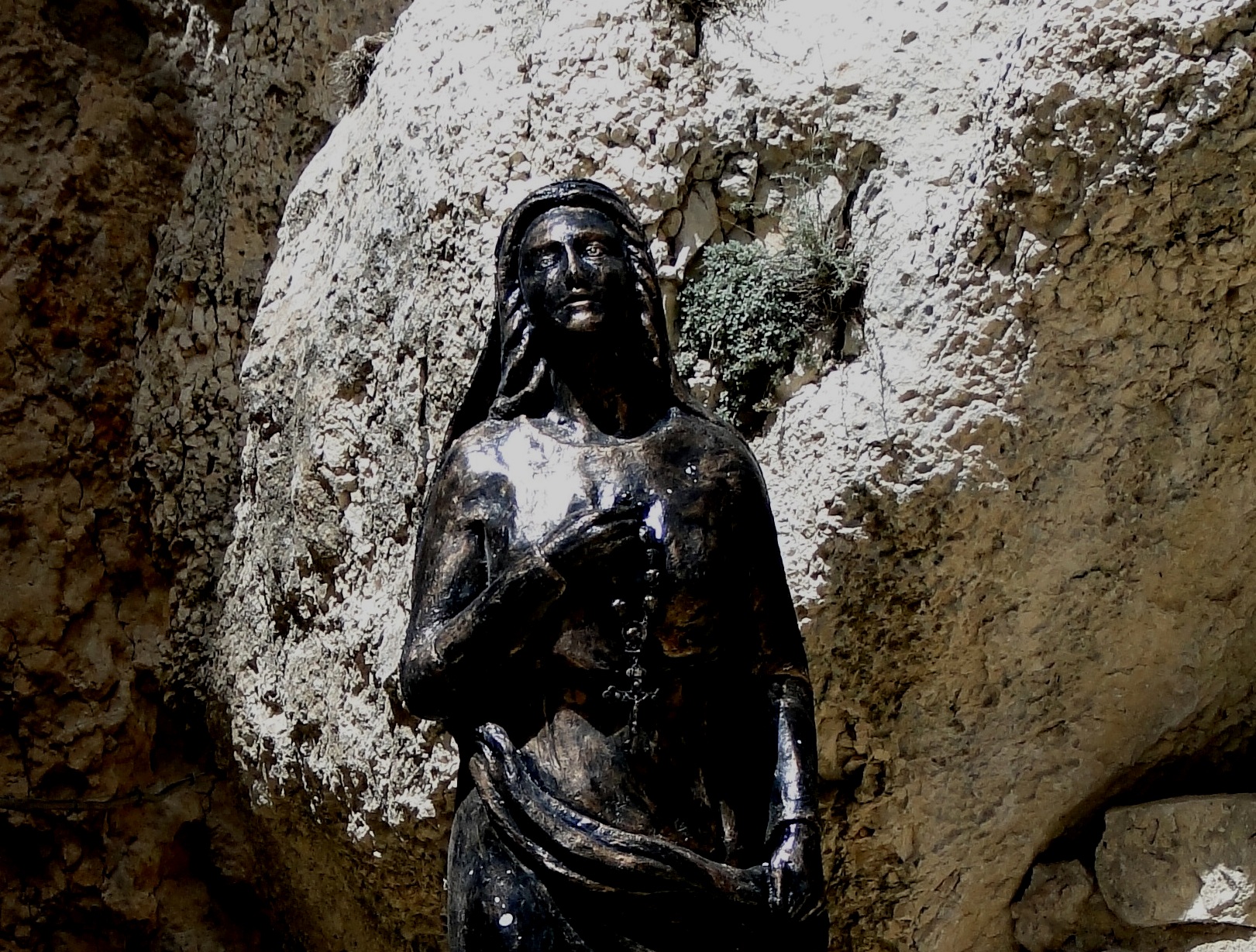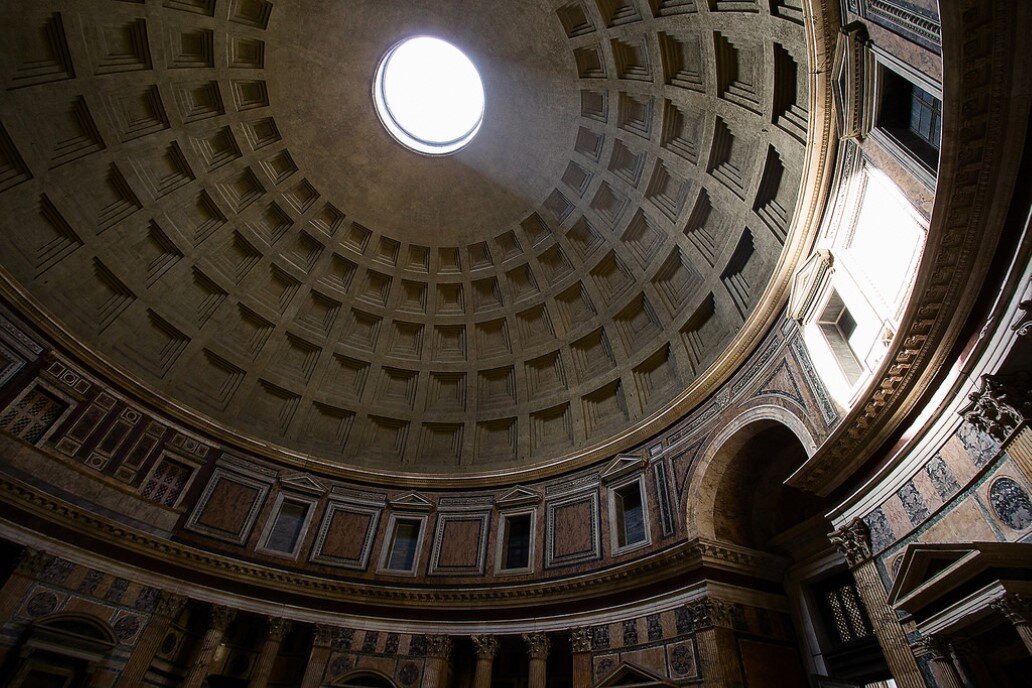The Renewal of Life
Bible Studies, Messages, Papers on the Book of Leviticus
Photograph: Donated blood. Photo credit: ICSident | GNU Free, CC3.0, German Wikipedia.
Below are messages, small group leader notes, and exegetical notes on the Book of Leviticus.
Small Group Leader Notes on Leviticus
Leviticus 1:1 - 10:20 The Sacrifices: God as Dialysis Machine
Leviticus 11:1 - 12:8 Pollutants
Leviticus 13:1 - 15:33 Cleansing People and Dwellings
Leviticus 16:1 - 17:16 The Day of Cleansing
Leviticus 18:1 - 20:27 Keeping Blood Relations Clean
Leviticus 21:1 - 22:23 The Priests' Embodiment of Life
Leviticus 23:1 - 44 A Spiritual Rhythm of Life
Leviticus 24:1 - 25:55 God Re-Gifts the Garden Land to All His Kids
Leviticus 26:1 - 27:34 Special Missions
Notes and Essays on Leviticus
The Chiastic Structure of the Torah
The literary structure of the entire Torah/Pentateuch connects the purification of Moses on Mount Sinai to the purification of Israel in the sanctuary.
This table distills previous work on the sacrificial system on the theme of purification; compares Moses' ascent up Mount Sinai to the high priest's entrance into the holy of holies; argues that the sacrificial system foreshadows Jesus as a medical substitute, not a penal substitute; lists patristic sources that also interpret the sacrifices as a medical, cleansing, and purifying expression. See this material in our blog post format, which is easier to view on smaller devices.
This long essay explores biblical passages and themes which emerge from the Pentateuch; makes an argument for medical substitutionary atonement, and criticizes penal substitutionary atonement as unbiblical. This essay has been broken out into blog posts on circumcision and the sacrificial system, which are easier to view on smaller devices.
What Did the Suffering Servant Suffer? Isaiah 53 and Penal Substitution
This paper explores the book of Isaiah; makes an argument for medical substitution. Isaiah’s use of the imagery of the sacrificial system, and especially the scapegoat of Yom Kippur from Leviticus 16, is very important to observe. See this material in our blog posts, which is easier to view on smaller devices.
Why Did God Choose a "Chosen People"? Why Not Just Skip Right to Jesus?
These two questions stand behind all of the questions that we might have about God’s relationship with the people of Israel as portrayed by the Old Testament. Why did God apparently favor Abraham and Sarah and their family? Why did God protect them by taking other human life, like in the Flood, Sodom and Gomorrah, the Egyptian firstborn, etc.?
When God took human life in these occasions, it was not to supposedly demonstrate "retributive justice," but rather to protect His human partners at the time, until Jesus came among the Israelites.
The Troubling Acts of God: The Destruction of the Canaanites
Text of a message focusing on how God engaged with the Canaanites throughout the Old and New Testaments. Slides to this presentation are graphics-heavy so have been divided into part 1 and part 2. When God took human life on some of the occasions where Israel and the Canaanites came into conflict, it was not to supposedly demonstrate "retributive justice," but rather to protect His human partners at the time, until Jesus came among the Israelites.
Hope Filled Full, Part One: The New Testament and the Hopes of the Pentateuch
A long essay examining how the New Testament quotes the Pentateuch sensitively and respectfully. Jesus and the apostles did not scour the Old Testament for prooftexting. Rather, there are dynamics of one story serving as the literary pattern for another.
Helpful Books and Articles on Leviticus
Noam Zohar, Repentance and Purification: The Significance and Semantics of חטאת in the Pentateuch. Journal of Biblical Literature, Dec 1988. An excellent critique of Jacob Milgrom’s more limited interpretation that the sanctuary alone is purified by the sacrifices; Zohar includes the worshiper and the land.
Jacob Milgrom, Leviticus, Continental Commentary. Augsburg Press | Amazon page, 2004. And Leviticus 1 - 16, Anchor Yale Bible Commentary. Yale University Press | Amazon book, 1998. Milgrom is the benchmark for scholarship on Leviticus, whether Jewish or Christian.
L. Michael Morales, Who Shall Ascend the Hill of the Lord? IVPress | Amazon page, Nov 10, 2015. Morales pays special attention to the way Leviticus is situated in the repeated stories and patterns and themes of the Pentateuch as a whole.
Michael Rhodes, Should We Repent of Our Grandparents’ Racism? Scripture on Intergenerational Sin. Hebraic Thought, Jun 19, 2020. Includes excellent observations about the Jubilee principle and other familial obligations we inherit.
Phil Bray, A Flood of Atonement. Ubiquitous Leviticus, Jan 11, 2024. A comparison of scapegoat and atonement rituals from other cultures. Leviticus 16 and the scapegoat and its development in Judaism.
Christopher Hampson, The Spirit of Jubilee. University of Florida Levin College of Law, Jan 17, 2025. An inspiring idea rooted in the Jubilee of Leviticus 25. How debt forgiveness and liberation have been expressed historically. Why we should consider and implement debt forgiveness today. See more resources on Debt Forgiveness.
Helpful Practical Tools to Teach Leviticus
Paul S. Taylor, Did the High Priest Enter the Holy of Holies with a Rope Around His Ankle? ChristianAnswers.net.
The Bible Project, The Book of Leviticus. The Bible Project, May 6, 2015. A 7 minute video.
The Bible Project, Sacrifice and Atonement. The Bible Project, Aug 27, 2015. A good 7 minute video which accurately talks about the purification by blood depicted in the Jewish offerings
The Bible Project, The Law. The Bible Project, Oct 12, 2015. A very good 6 minute video which places the stress on the story of the Torah, and beyond, not simply the commandments.
The Bible Project, Tree of Life. The Bible Project, Feb 18, 2020. Stunning visual representation of Eden and the tree of life as a temple, offering God’s life, going through to the burning bush of Moses, Sinai, Zion, and eventually Jesus
The Bible Project, Read Scripture: The Book of Leviticus. The Bible Project, Jan 29, 2016. An 8 minute video, featuring the literary chiasm in Leviticus, pointing out the most basic categories of life and death.
